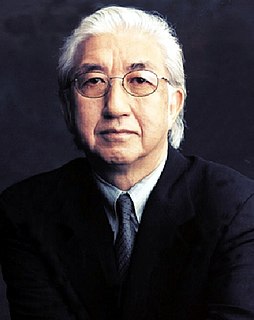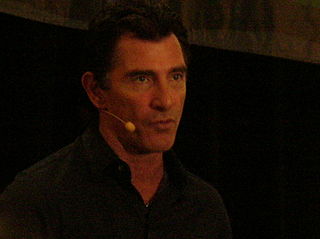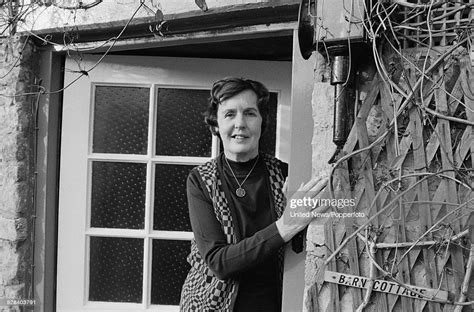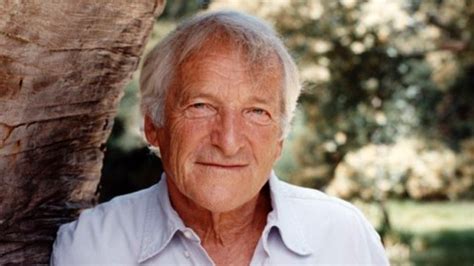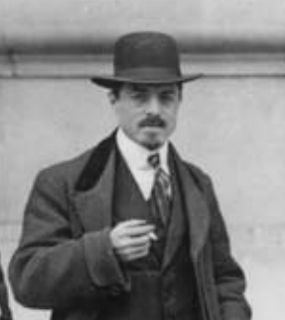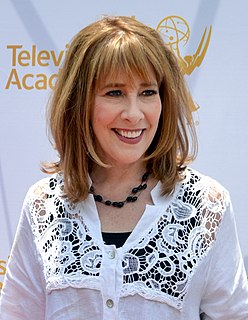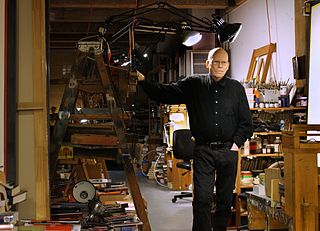A Quote by Yoshio Taniguchi
Architecture is basically a container of something. I hope they will enjoy not so much the teacup, but the tea.
Related Quotes
Think of yourself as a container for wealth. If your container is small and your money is big, what's going to happen? You will lose it. Your container will overflow and the excess money will spill out all over the place. You simply cannot have more money than the container. Therefore you must grow to be a big container so you cannot only hold more wealth but also attract more wealth. The universe abhors a vacuum and if you have a very large money container, it will rush in to fill the space.
Love is like a teacup that every day falls to the ground and breaks to pieces. In the morning the pieces are gathered and with a little moisture and a little warmth, the pieces are glued together, and again there is a little teacup. He who is in love spends life fearing that the terrible day will come when the teacup is so broken that it can no longer mended.
I hope that young girls will have the dream and will have experiences. And it might not be in swimming. It might be in something else. But I found a passion, and I love it. It's something I love and something I enjoy. It's something I'm good at. And it's what I have been able to give 100 percent to.
Suppose you are drinking a cup of tea. When you hold your cup, you may like to breathe in, to bring your mind back to your body, and you become fully present. And when you are truly there, something else is also there - life, represented by the cup of tea. In that moment you are real, and the cup of tea is real. You are not lost in the past, in the future, in your projects, in your worries. You are free from all of these afflictions. And in that state of being free, you enjoy your tea. That is the moment of happiness, and of peace.
Perhaps there can be too much making of cups of tea, I thought, as I watched Miss Statham filling the heavy teapot. Did we really need a cup of tea? I even said as much to Miss Statham and she looked at me with a hurt, almost angry look, 'Do we need tea? she echoed. 'But Miss Lathbury...' She sounded puzzled and distressed and I began to realise that my question had struck at something deep and fundamental. It was the kind of question that starts a landslide in the mind. I mumbled something about making a joke and that of course one needed tea always, at every hour of the day or night.
The book recounts stories from my half-century of experience in the world of architecture and my journey of discovery of the importance of considering humans and nature as part of any project. It’s illustrated with my own watercolors I hope it will inspire the next generation of architects to design places we can all enjoy.
You don't know what someone's going to walk away from a movie with, but you hope it's something positive, but if nothing, you want them most basically to be entertained and engaged. That's your job. But you also hope to give them something to chew on or maybe some insight into the human existence, you hope a little bit. Not to sound too lofty.
When we talk of architecture, people usually think of something static; this is wrong. What we are thinking of is an architecture similar to the dynamic and musical architecture achieved by the Futurist musician Pratella. Architecture is found in the movement of colours, of smoke from a chimney and in metallic structures, when they are expressed in states of mind which are violent and chaotic.
What’s that poem again?” Will, who had been twirling his empty teacup around his fingers, stood up straight and declaimed: “Each spake words of high disdain, And insult to his heart’s best brother—” “Oh, by the Angel, Will, do be quiet,” said Charlotte, standing up. “I must go and write a letter to Aloysius Starkweather that drips remorse and pleading. I don’t need you distracting me.” And, gathering up her skirts, she hurried from the room. “No appreciation for the arts,” Will murmured, setting his teacup down.
When we come to understand architecture as the essential nature of all harmonious structure we will see that it is the architecture of music that inspired Bach and Beethoven, the architecture of painting that is inspiring Picasso as it inspired Velasquez, that it is the architecture of life itself that is the inspiration of the great poets and philosophers.
